In much of Europe, electric vehicles (EV) are commonplace and have even become the norm. While there are still challenges around charging infrastructure and the affordability of new models, it’s clear that Europeans are embracing the move away from fossil fuels.
Europe has embraced the EV faster than the US due to a mix of culture, policy, and geography. Meanwhile, the US almost seems to be facing a crisis of identity when it comes to adopting EVs. California could be considered an electric leader, but much of the USA is not yet ready to join the race.
The difference is striking in the statistics according to the Global EV Outlook. In 2022 in Europe there were approximately 4.4 million EVs, but only 2.1 million EVs in the USA. The difference is even greater for plug-in hybrids. There were 7.8 million PHEVs in Europe versus only 3 million in the USA.
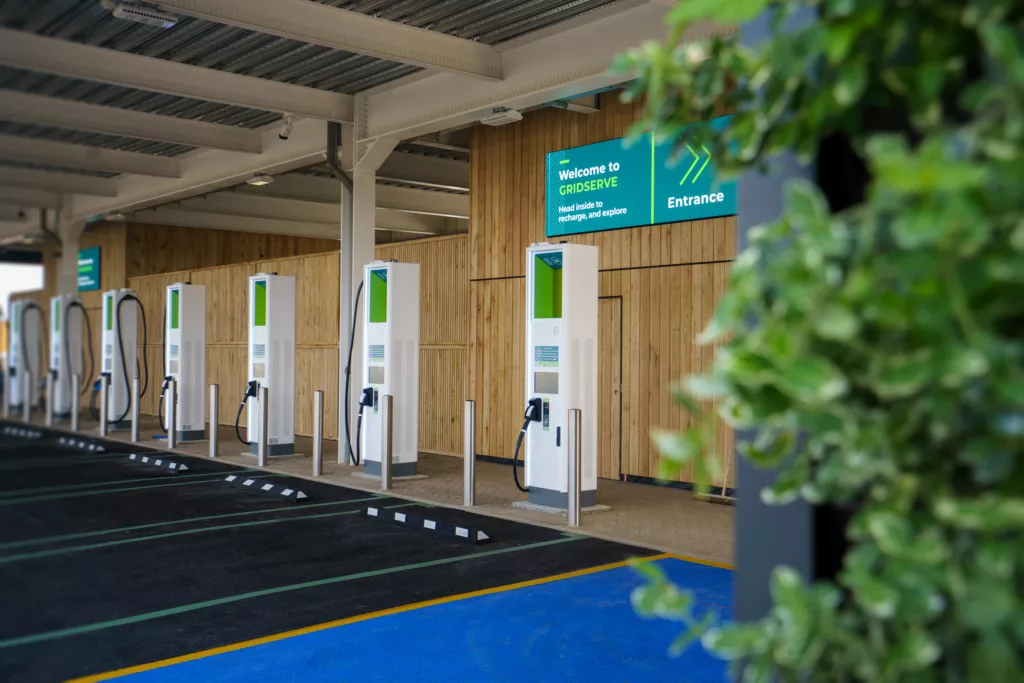
Europeans often switch to electric simply to save money. The average price for a gallon of fuel in Germany is $7.13, but only $3.50/gal in the US (according to globalpetrolprices.com at the time of writing). For drivers in Europe, switching to electric helps save hundreds, if not more, each year. Gas prices in the US may be historically high, but they aren’t high enough to push most people to electric.
There’s more to this puzzle though, here’s what the US can learn from Europe when it comes to EV uptake.
ADVERTISEMENT
Government policy
European governments have set aggressive targets for EV adoption, backing these aims with legislation and policies that encourage consumers to make the switch. From imposing bans on the sale of new internal combustion engine vehicles to offering generous tax incentives for EV buyers, the policy framework in Europe is decisively pro-electric.
Incentives
Beyond the higher cost of fuel, European consumers are drawn to EVs through incentives such as lower registration taxes, exemptions from tolls and congestion charges, and subsidies for home charger installations. These incentives significantly lower the barriers to EV ownership and can serve as a model for US policymakers.
While the USA is now incentivizing buyers to switch to electric, Europe has been doing this for much longer. In some areas, policymakers no longer feel the need to incentivize buyers in this way. The UK government, for example, has scrapped grants on new electric vehicles as it feels it’s close to mainstream adoption.
Other incentives in the UK remain, however, with lower taxes on electric company vehicles, salary sacrifice schemes to help employees buy electric cars, grants for installing charging infrastructure, and others to stimulate the commercial EV market.
Charging network
Europe’s more dense geography has allowed for rapid and widespread deployment of EV charging stations. The US can learn from Europe’s strategic placement of chargers, ensuring that they are accessible, reliable, and conveniently located to meet the needs of all drivers.
ADVERTISEMENT
The challenge, however, lies in accommodating people who need to travel around or through the more rural parts of the United States. The charging infrastructure in Europe has had plenty of time to mature but it also hasn’t had to deal with vast lengths of road where you’re unlikely to meet another car for hundreds of miles, let alone find somewhere to plug in.
Culture shift
Europe’s culture is increasingly focused on sustainability, with consumers showing a willingness to embrace new technologies that reduce emissions. While many areas of the US might echo this, there’s a long-standing tradition of huge gas-guzzling trucks and a thriving automotive industry to get past — not to mention the fact that the US can produce its own oil. Because of this, it’ll take much longer to move through this cultural shift, but despite this, it’s key we continue to promote the environmental benefits of EVs.
Even with policies and incentives in place, the US faces a unique challenge in how steadfast it is in holding onto its culture — huge pickups included.
For those who love their gas-engine vehicles, the growing presence of EVs can feel like a threat. Many in the EV space can be quick to judge, creating a huge divide between groups of people who share a love for cars. The key to a good conversation is finding shared values.
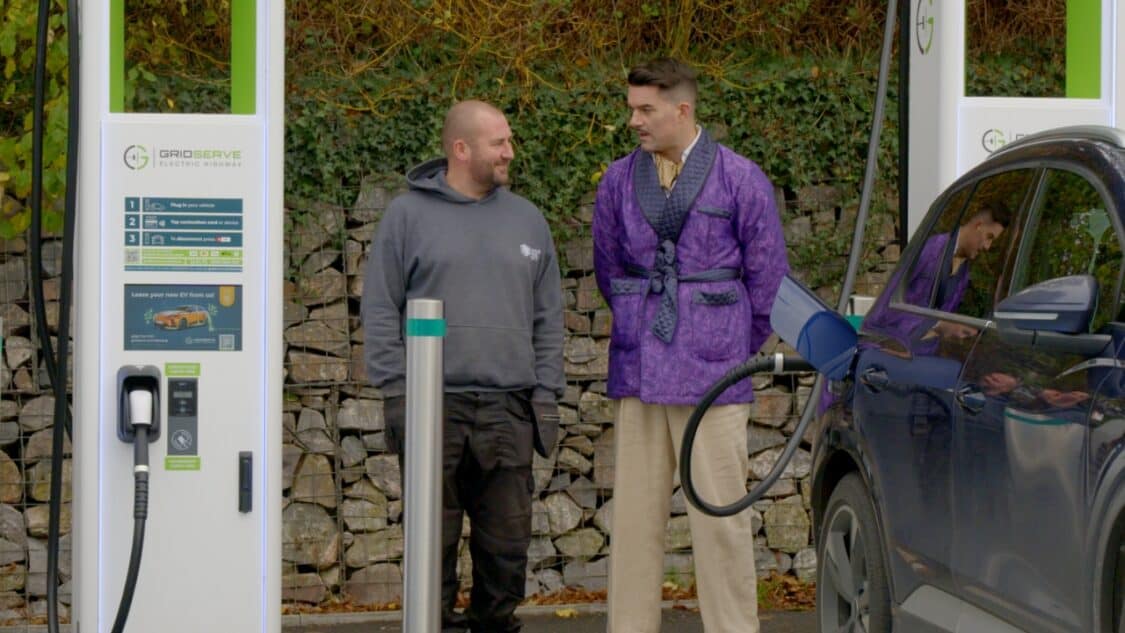
Just as in Europe, it’s important to recognize that not everyone wants to drive an electric car, not to mention the handful of applications where battery-electric vehicles don’t make sense. With this in mind, it’s worth opening up the conversation to include innovations such as e-fuels, which could help clean up the gasoline vehicles that we want or need to keep on the road.
Gently sharing the benefits of electric (there are so many!) is always going to be a better approach than attacking those who haven’t seen the light just yet. Backed up with incentives and pro-EV policies will ensure the transition moves smoothly.
There’s no one-size-fits-all solution
The journey towards widespread EV adoption in the United States could be significantly accelerated by learning from the European example. Europe’s approach demonstrates the power of cohesive government policies, substantial incentives, and a cultural embrace of sustainability to propel the transition away from fossil fuels. While the US grapples with its unique challenges, including geographic vastness and traditions of car culture, there is much to be gained from observing and adapting the strategies that have made Europe a leader in the EV space.
However, it’s important to understand how the US differs from Europe. It’s not just about replacing one power source with another. It’s about rethinking transportation and its impact on the environment and society. By fostering a culture that values innovation, sustainability, and forward-thinking, the US can move towards a future where electric vehicles are not just accepted but embraced.
ADVERTISEMENT

IMAGES: GRIDSERVE
FTC: We use income-earning auto affiliate links. Learn more.



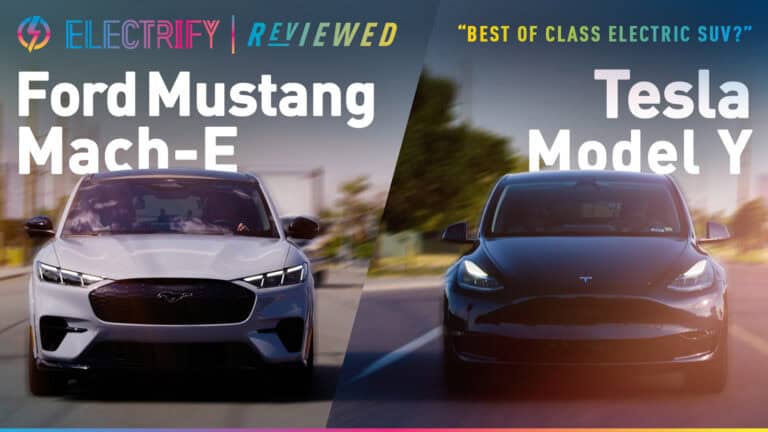
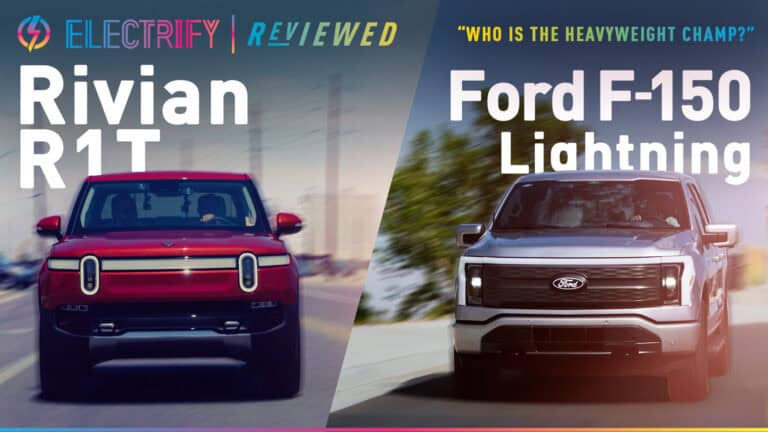
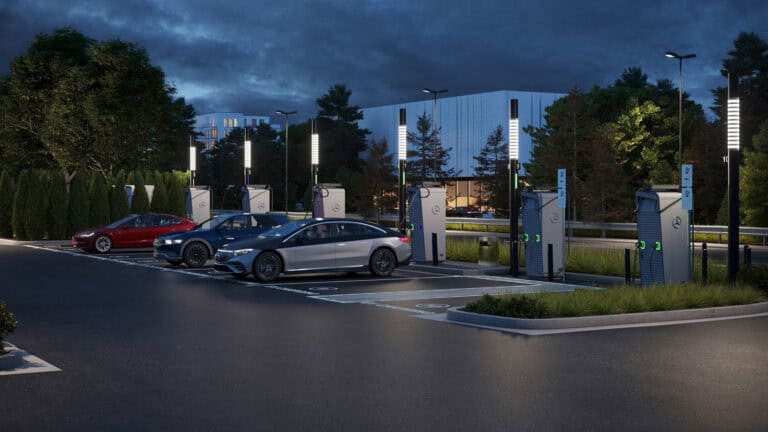
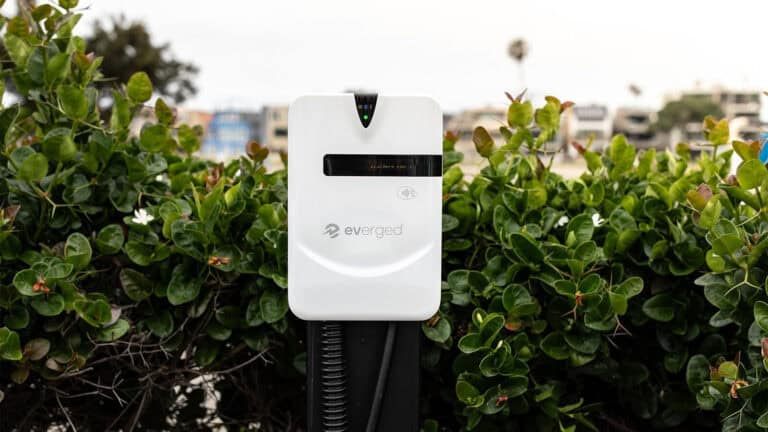

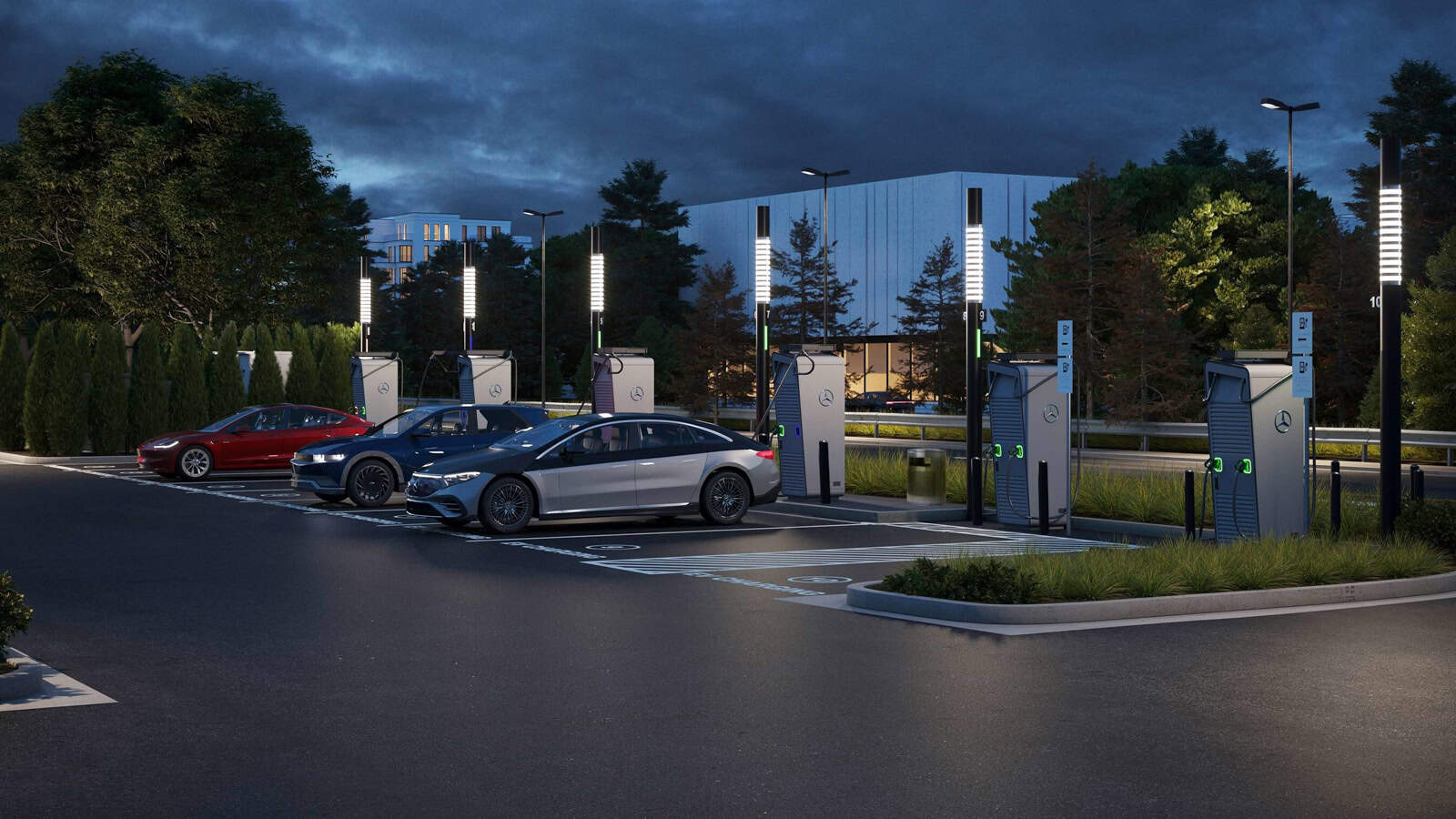



One Response